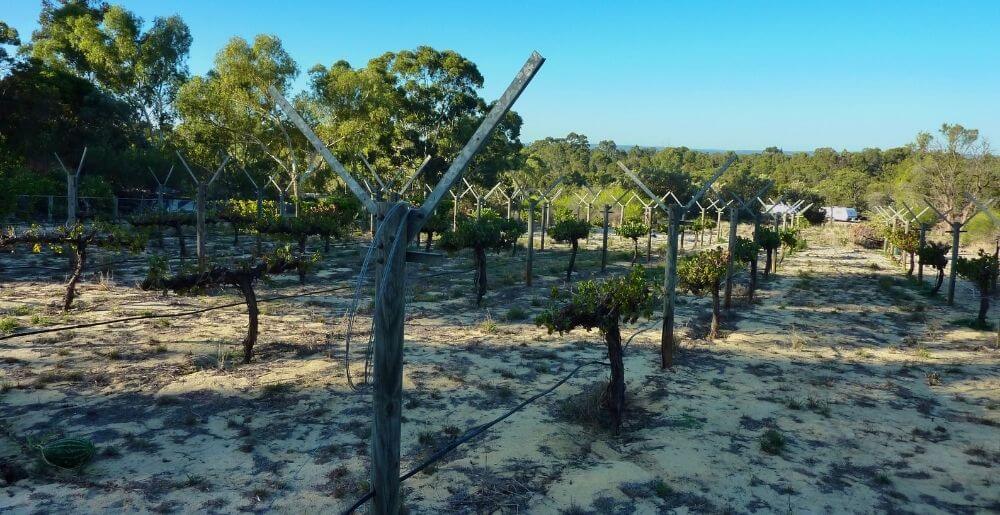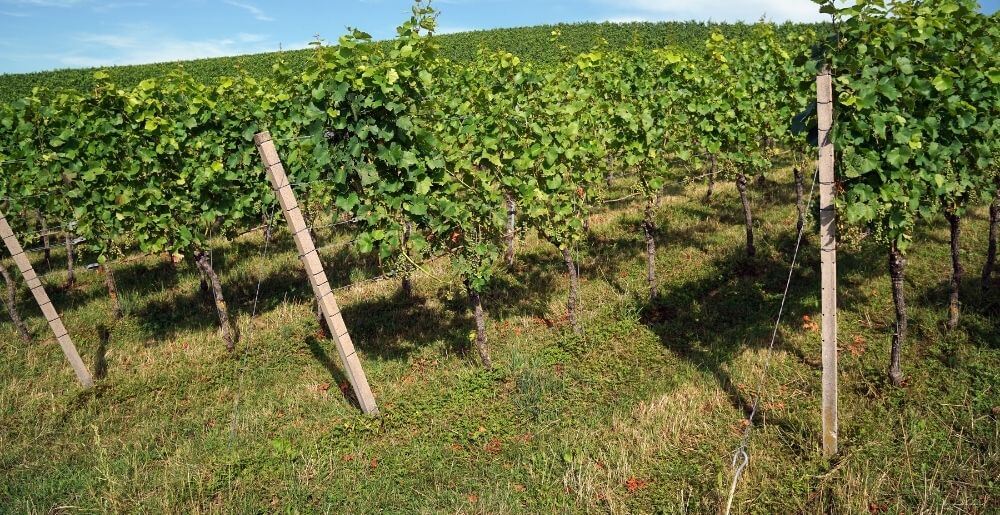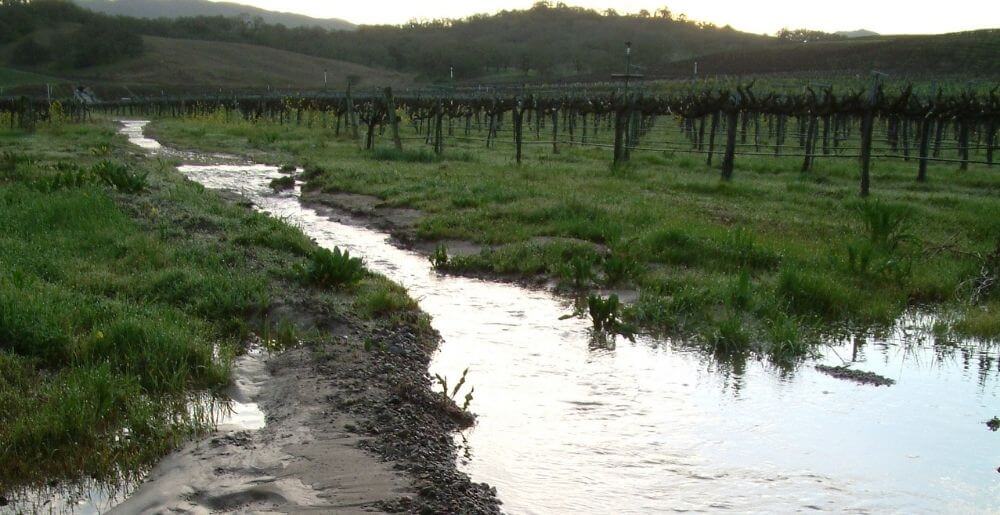Anyone with an even passing interest in wines and winemaking will have heard at some point the oft-used term “terroir” spoken by sommeliers and winemakers when describing the characteristics of the liquid inside the bottle.
The word, noticeably French in its origin, is used in winemaking to describe the environmental conditions in which the grapes used to make a particular bottle of wine come from, including the climate, the growing practices, and the soil.
This word is so often quoted by winemakers and sommeliers as being of such tremendous importance largely due to the fact that depending upon where a wine comes from, the eventual flavour profile and quality of the liquid inside the bottle is greatly impacted.
Bearing this in mind, understanding how even one of these contributing elements, in this case the soil that the grapevines are planted in, impacts the taste and quality is of critical importance, especially when looking to determine how wines of even the same grape varietal and coming from the same region can taste so different.
In this article, we not only explore what the main types of soil are, including some of the regions in the world that possess them, but also how each one can influence any bottle of wine in question.
To begin, let’s start with the four main types of soil that exist in many of the most famous winemaking regions in the world.
Soil Type One: Clay

Clay is an incredibly important type of soil that’s prominent throughout many of the most famous wine regions of the world, including Rioja, Spain, and the Barossa Valley, Australia.
Most experts credit clay soils with producing incredibly bold and textural wines that possess intense tannins and strong flavours.
The main reason for this is simple: clay soils are excellent at keeping cool and retaining dampness and moisture, which is the saving grace of grapevines that are located in parts of the world that possess plenty of heat and sunshine.
The dual combination of moisture and dampness alongside heat and sunshine results in wines of often unparalleled fruit flavour and character, exemplified in many bottles of Barossa Valley Shiraz or Rioja Tempranillo.
Soil Type Two: Sand

Moving on to sand, which is famously present in the Northern Italian region of Barolo, it’s often best to compare the effect that it has on grapevines to how it feels to walk along the beach during the middle of summer: it’s burning hot!
Whilst sand is incredibly effective at retaining heat, it’s not so great at keeping moisture for very long, which can make it a difficult type of soil to work with when making wine in parts of the world that are susceptible to drought or intense and prolonged exposure to sunlight.
That being said, sand is responsible for producing wines of lighter tannins, lower acidity, and paler colours, which is especially true in warmer climates, and where rainfall is less and sunlight is plentiful.
Soil Type Three: Loam

What is loam you ask?
It is best explained as an almost equal mixture of clay, sand, silt, and another unique organic matter called humus, which is prominent within the two important United States winemaking regions of Napa Valley and Sonoma County.
When looking at loam, the most important asset of it as a type of soil is that it is incredibly fertile and excellent for growing crops in.
Whilst this might make it excellent at producing other crops, it’s this fertility that makes it difficult to grow wine-producing grapevines in as the vines are over-fruitful, which ends up resulting in thin, flavourless wines.
That being said, loam is a common type of soil found all over the world and when it’s managed properly, through mixing it with other types of soil for instance, it can go on to craft incredibly exquisite bottles of wine.
Soil Type Four: Silt

Silt, which is a particularly fine and loose type of soil, is highly effective at retaining both heat and water, making it excellent for growing grapevines in.
That is only true, however, when it is managed properly as the fine-grained nature of silt means that the roots of the grapevines can often find it difficult to gain a steady foothold within.
To offset this, many winemakers will mix limestone with the predominantly silt soil in their vineyards, which aids in the creation of especially smooth and well-balanced wines, as evidenced in those coming from the Coonawarra region in South Australia.
If you still have further questions around the various types of soil that are common in many of the vineyards all over the world, be sure to consider this guide a comprehensive start.